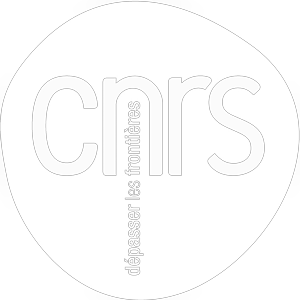Climate-induced changes in carbon flows across the plant-consumer interface in a small subarctic lake
authors
document type
ARTabstract
Abstract Reconstructions of past food web dynamics are necessary for better understanding long-term impacts of climate change on subarctic lakes. We studied elemental and stable isotopic composition of sedimentary organic matter, photosynthetic pigments and carbon stable isotopic composition of Daphnia (Cladocera; Crustacea) resting eggs (δ 13 C Clado ) in a sediment record from a small subarctic lake. We examined how regional climate and landscape changes over the last 5800 years affected the relative importance of allochthonous and autochthonous carbon transfer to zooplankton. Overall, δ 13 C Clado values were well in line with the range of theoretical values of aquatic primary producers, confirming that zooplankton consumers in subarctic lakes, even in the long-term perspective, are mainly fuelled by autochthonous primary production. Results also revealed greater incorporations of benthic algae into zooplankton biomass in periods that had a warmer and drier climate and clearer water, whereas a colder and wetter climate and lower water transparency induced higher contributions of planktonic algae to Daphnia biomass. This study thus emphasizes long-term influence of terrestrial-aquatic linkages and in-lake processes on the functioning of subarctic lake food webs.



